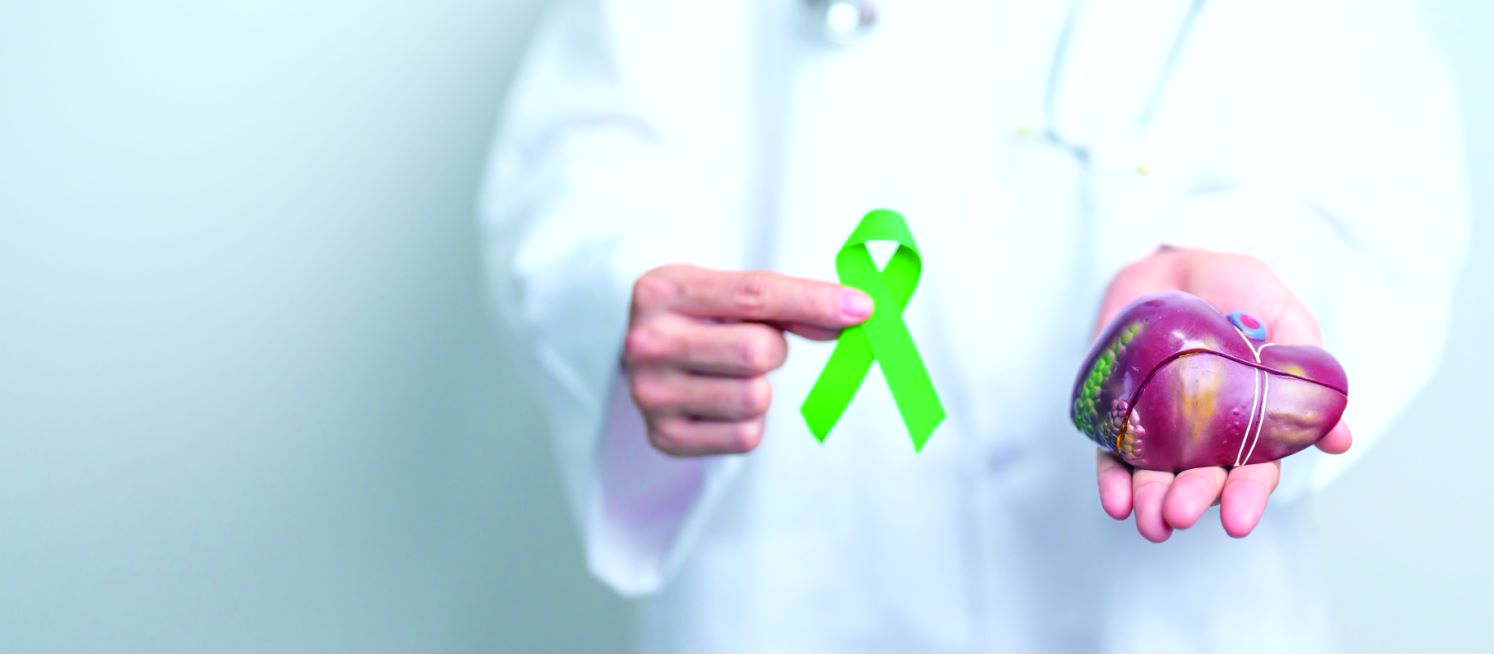
With the improvement of people’s living standards, changes in dietary structure, and increased alcohol consumption, fatty liver has become the leading chronic liver disease in China.
Approximately 25% of adults have fatty liver disease, with it affecting slightly more men than women. It can be classified into two categories, namely alcoholic fatty liver and non-alcoholic fatty liver.
People who are prone to suffer from fatty liver are those who are obese, those with dyslipidemia or diabetes, people who abuse drugs or drink excessive amounts of alcohol, as well as those who do not get sufficient sleep or lose weight too quickly. Risk factors that induce fatty liver disease include an unbalanced diet (such as excessive dieting and a vegetarian diet), bad eating habits, alcoholism, insufficient exercise, insulin resistance, pregnancy, etc.
It is important to note that fatty liver disease is not exclusive to overweight people. In addition, those who are slim but have a larger than normal abdominal circumference are more likely to develop fatty liver disease. Therefore, the larger the waist circumference, the greater the body mass index, the higher the body fat content, and the greater the risk of fatty liver.
Calculate your body mass index.
• The normal range is 18-24kg/m2, > 24kg/m2 is overweight, > 28kg/m2 is obese.
• The normal body fat content for women is 20-25%, and waist circumference should not exceed 80cm.
• The normal body fat content for men is 9-15%, and waist circumference should not exceed 85cm.
Fatty liver is closely related to long-term excessive intake of a high-fat diet. If a high-fat diet is consumed for a long period, the brain does not receive the signal to indicate satisfaction. This means that people unconsciously eat more.
After the liver becomes more fatty, the amount of bile discharged into the intestine is reduced, which causes digestive dysfunction. If the food ingested cannot be broken down in time it accumulates in the intestines, causing frequent defecation. In this case, the feces is mud-like and sticks to the walls of the toilet, making it difficult to flush away.
The onset of fatty liver is relatively hidden and has no special symptoms. It is often discovered by physical examinations and not taken seriously, leading to delayed diagnosis and treatment.
In the early stages, only fat deposits in the liver are present. Approximately 25% of simple fatty livers can transform into steatohepatitis, which may progress to cirrhosis or liver cancer. In severe cases, complications such as massive gastrointestinal bleeding, liver failure, and hepatic encephalopathy may occur, which may be life-threatening.
Fatty liver is often closely related to the occurrence of atherosclerosis, type 2 diabetes, hyperlipidemia, hypertension, coronary heart disease, and sarcopenia. It may also induce the occurrence of colorectal polyps and colorectal tumors.
People who eat low-fiber, high-fat, and high-protein foods for extended periods are more likely to develop intestinal polyps than those who eat high-fiber foods.
Those who drink large amounts of alcohol and enjoy spicy foods are prone to chronic inflammation in the intestines, inducing the formation of intestinal polyps.
Data shows that 70-85% of colorectal cancers evolve from polyps, and it takes about 5-10 years for polyps to evolve into cancer. Early screening and regular colonoscopies can reduce the risk of cancer.
Most guidelines recommend that people with a family history of colorectal cancer or asymptomatic adults over 40 years old undergo colonoscopy screening. Patients with fatty liver disease should undergo a colonoscopy as early as possible. If polyps are found, it is important to remove them.
Control weight and reduce waist circumference
Research shows that if weight is reduced by 10%, fatty liver can be reversed by 90%. It is recommended to lose 0.5-1kg per week to reduce body weight by 5% within one year until the recommended weight and waist circumference are reached.
Eat a regular and balanced diet and limit caloric intake
Eat three meals a day and follow a Mediterranean diet. Reduce intake of high-fat foods, highly processed foods, desserts, sugary drinks, snacks, etc. Calculate and adhere to individualized calorie requirements based on body weight and ensure carbohydrate intake does not exceed 40% of total energy.
Exercise regularly
Exercise at least 5 times a week, for 30-60 minutes each time. The maximum heart rate during exercise should reach (170-age) times/minute. It is recommended to combine aerobic and anaerobic exercises. Aerobic exercises include jogging, brisk walking, cycling, swimming, ball games, etc., and anaerobic exercise includes Tai Chi, stretching, etc.

Avoid alcohol, tobacco, etc.
Stay away from alcohol and tobacco and avoid the misuse of medication.
Get sufficient sleep
Ensure you get sufficient sleep and maintain mental wellbeing.
Supplementation
Supplement appropriate amounts of probiotics and prebiotics.

Dr. Xia Lu
Director of GI Service
Tel: 400 868 3000 (Jiahui Health 24/7 hotline)